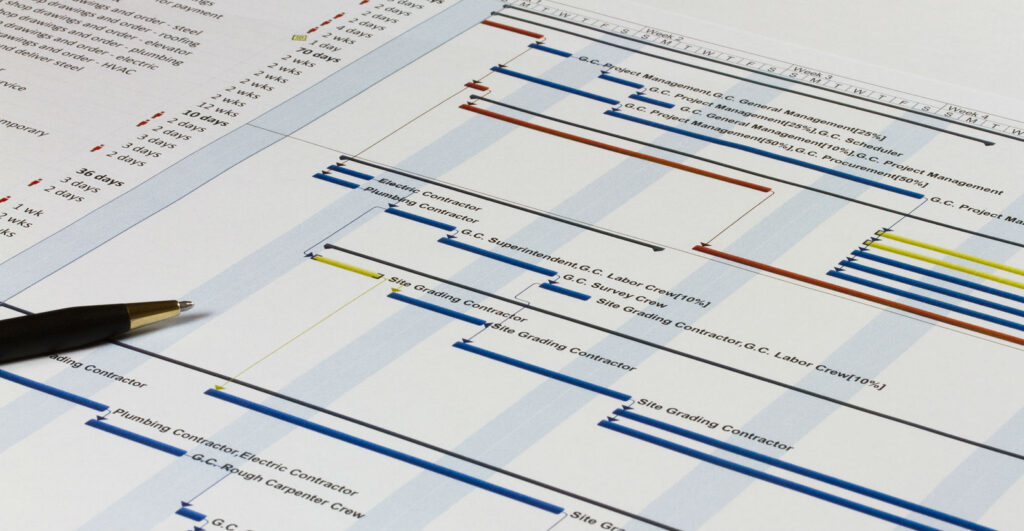

After years of slow and steady adoption, marketing automation is becoming table stakes as marketers look for any means of getting to market faster, with more efficiency and greater effectiveness. Even so, implementing the technology is like cleaning a teenager’s messy bedroom: It gets worse before it gets better.
In fact, when Ascend2 surveyed 277 marketing professionals about how effective they’ve been at integrating the technology into their overall strategy, their responses were tepid: 55% of those polled said their marketing automation integration strategy was somewhat successful at achieving their primary objective and 5% said it was unsuccessful; only 40% said it was very successful.
What are these marketers trying to achieve? The top three objectives for having a marketing automation integration strategy are to improve campaign effectiveness (57% of respondents), marketing and sales alignment (53%), and lead gen (49%). Improving data governance and hygiene was ranked near the bottom, with only 9% citing it as their top objective.
As with many products, one of the biggest determinants of which marketing automation software marketers select is the total cost or pricing model, cited by 53% of respondents. Ease-of-use and learning curve was the next most important selection criteria (47%). Analytics and reporting followed, with 40% of respondents noting it as most important.
When implementing marketing automation, 63% of marketers polled said they use a mix of in-house and outsourced resources; 24% use in-house resources only, while 13% outsource the implementation to specialists.
“Too many times, companies do not anticipate the internal resources needed to implement and maintain a marketing automation system,” says Todd W. Lebo, partner and CMO at Ascend2. “Consider if the system will be able to grow with you. If you anticipate 15% growth year-over-year, will your marketing automation still be the right fit for you in three years? Also, do you have the internal expertise to manage the system? Do you need to hire someone that is certified in the system? Do you have someone already on staff that has used the system?”
The implication is that marketers need to dedicate enough budget to marketing automation integration to achieve their implementation goals. According to Ascend2, 64% of respondents plan to increase their budget moderately, while 23% said they’ll increase it significantly. Only 13% say that their total marketing automation integration budget will decrease to some extent.
How can marketers avoid missteps during implementation? “The first step when implementing a marketing automation strategy is to define your requirements and goals,” Lebo advises. “Outline the KPIs you need to measure, marketing channels you’ll use, and your data requirements.”
Marketers also need to be patient; it takes time to reap the benefits of implementing marketing automation. More than half of marketing professionals surveyed (54%) believe that six to 12 months is a reasonable time frame for realizing the benefits of a newly integrated marketing automation system. About one-third believe they should see results in six months or less. Only 10% are patient enough to wait a year to see results.

About the Author
Chris Tolve is an editorial intern for DMCNY, as well as for The Drum. He attends Ithaca College.








